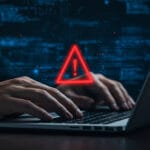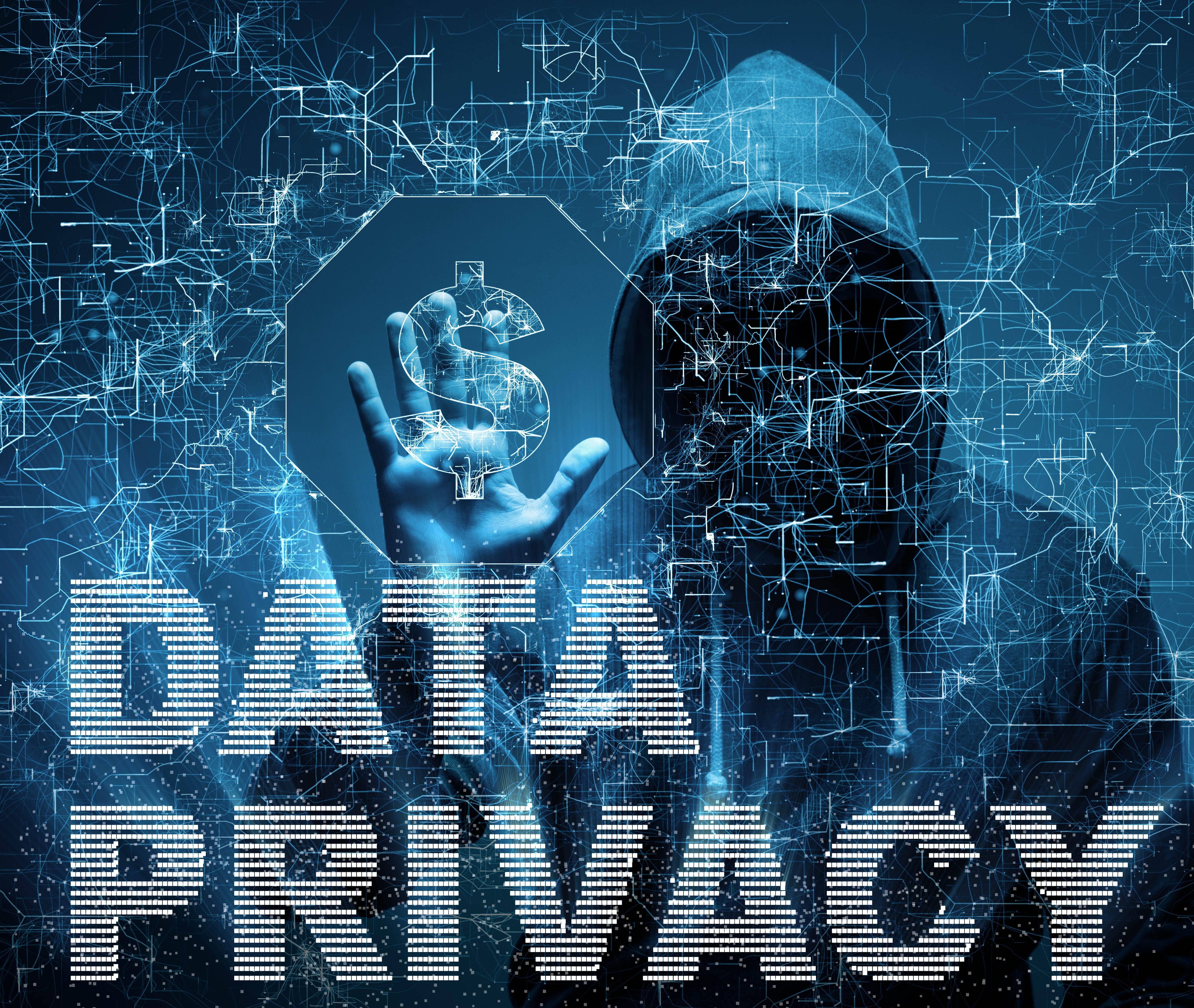As a computer forensic investigator, you play a critical role in unraveling complex cybercrimes by meticulously collecting and analyzing digital evidence, ensuring that it is properly preserved and complies with legal standards. You employ advanced data recovery techniques and specialized tools to uncover deleted or hidden files and piece together digital footprints to reconstruct events. Your job involves providing detailed reports and testifying in court as an expert witness, effectively communicating findings to support legal proceedings. Handling challenges like encrypted data and leveraging emerging technologies are key to success. Understanding each intricate aspect of the role can offer deeper insights into this essential field.
Key Takeaways
- Collect and analyze electronic evidence to investigate cybercrimes.
- Use specialized tools to recover and examine deleted or hidden data.
- Provide expert testimony and detailed reports for legal proceedings.
- Ensure the integrity and accuracy of digital evidence through meticulous documentation.
- Stay updated on emerging technologies and trends in digital forensics.
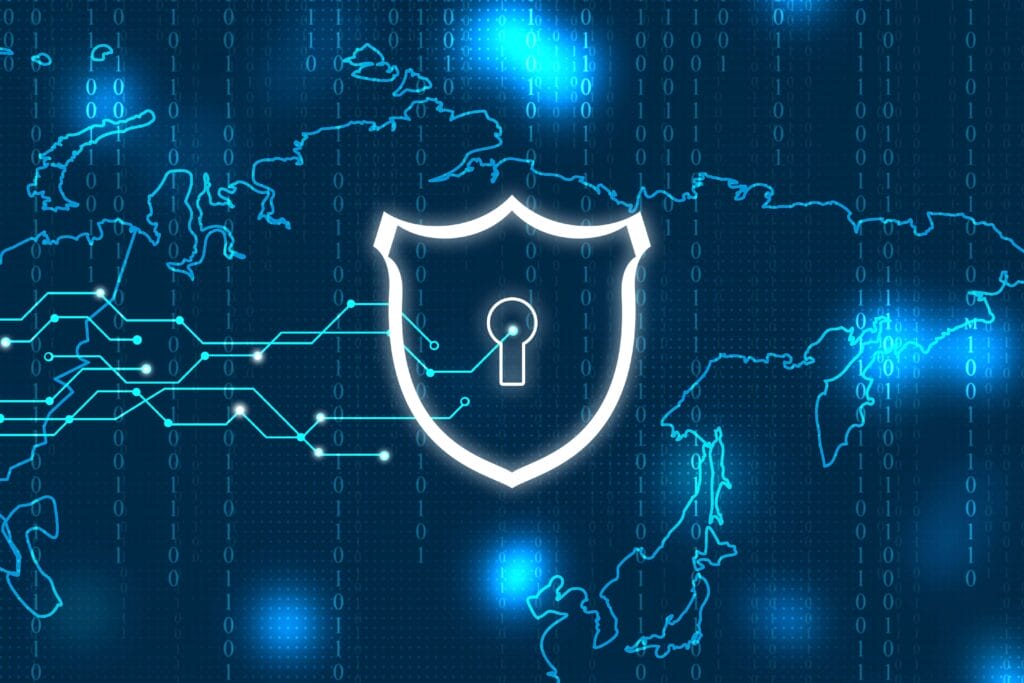
The Role of a Computer Forensic Investigator
As a computer forensic investigator, you play an essential role in cybercrime cases by meticulously collecting and analyzing electronic evidence from digital devices, using specialized tools and techniques to recover deleted data and trace criminal activities. Your key responsibilities include writing detailed reports for legal proceedings, explaining your findings in court, and ensuring the accuracy of reconstructed events.
In tackling common cybercrime scenarios, you work across various sectors like law enforcement and private firms, bringing cybercriminals to justice by uncovering the digital footprints left behind.
How Forensic Investigators Work in Cybercrime Cases
In tackling cybercrime cases, computer forensic investigators are indispensable, meticulously piecing together digital evidence to uncover the truth. You’ll find that these experts use computer forensics to analyze digital evidence, employing specialized tools to extract important data from devices like computers, smartphones, and servers.
When confronted with cybercrime cases, a forensic investigator digs deep into these devices, uncovering hidden files, recovering deleted data, and tracing the digital footprints left by cybercriminals.
You might wonder how they accomplish this complex task. They work closely with law enforcement agencies and legal teams, ensuring that the digital evidence is collected and preserved correctly for legal proceedings.
Their findings and reports are essential, often serving as pivotal evidence in courtrooms to support prosecution efforts and secure convictions.
Moreover, the role of a computer forensic investigator is vital in identifying compromises within digital systems and tracing malicious activities back to their source. By doing so, they play a crucial role in ensuring internet safety and protecting individuals and organizations from future cyber threats.
Their work doesn’t just solve cybercrime cases; it also contributes significantly to the broader field of cyber security, upholding justice and maintaining digital integrity.
Key Responsibilities in Digital Forensics
While understanding how forensic investigators work in cybercrime cases highlights their importance, the specific responsibilities they shoulder in digital forensics are equally significant. As a computer forensics investigator, you must collect digital evidence from various devices, such as computers, smartphones, and servers, ensuring that the integrity of the data is preserved. Your role doesn’t stop at collection; you also analyze digital evidence, using specialized tools to uncover hidden files and recover deleted data, which is crucial for reconstructing events and tracing digital footprints.
You’re also tasked with writing detailed reports for legal proceedings, translating complex technical findings into understandable formats for use in court. As a forensic investigator, your expertise is invaluable across multiple sectors, including law enforcement, government agencies, and private consulting firms, where you contribute to solving cybercrimes and securing justice.
| Responsibility | Description | Importance |
|---|---|---|
| Collect Digital Evidence | Securely acquire data from digital devices | Preserves integrity for legal usage |
| Analyze Digital Evidence | Examine data to uncover hidden or deleted files | Reconstructs events, identifies suspects |
| Report Writing | Document findings for legal proceedings | Ensures clarity and precision in court |
| Testify in Court | Present evidence and findings as an expert witness | Supports prosecution with expertise |
| Sector Collaboration | Work with various industries to tackle cybercrimes | Broadens impact and effectiveness |
Common Cybercrime Scenarios Forensic Investigators Tackle
Cybercrime scenarios like data breaches and insider threats are at the forefront of what computer forensic investigators address. As a computer forensic investigator, you’re tasked with analyzing digital evidence to uncover the details of such crimes.
During a forensic investigation, you might explore ransomware attacks, phishing scams, or malware infections, using advanced forensics tools to piece together the puzzle. Your role involves meticulously examining hidden files, recovering deleted data, and tracing digital footprints, all to reconstruct events and identify the perpetrators behind these cybercrime scenarios.
In cases involving financial fraud or identity theft, your investigative skills become essential. By analyzing digital evidence, you can help trace unauthorized transactions or fraudulent activities that compromise individuals’ personal data.
When dealing with insider threats or intellectual property theft, your expertise aids in pinpointing how sensitive information was accessed or stolen. Collaborating with law enforcement agencies, cybersecurity teams, and legal experts, you work to make sure that cybercriminals are brought to justice.
Your ability to identify vulnerabilities and suggest countermeasures is crucial in preventing future incidents. Through thorough forensic investigation, you contribute significantly to safeguarding digital assets and maintaining the integrity of information systems.
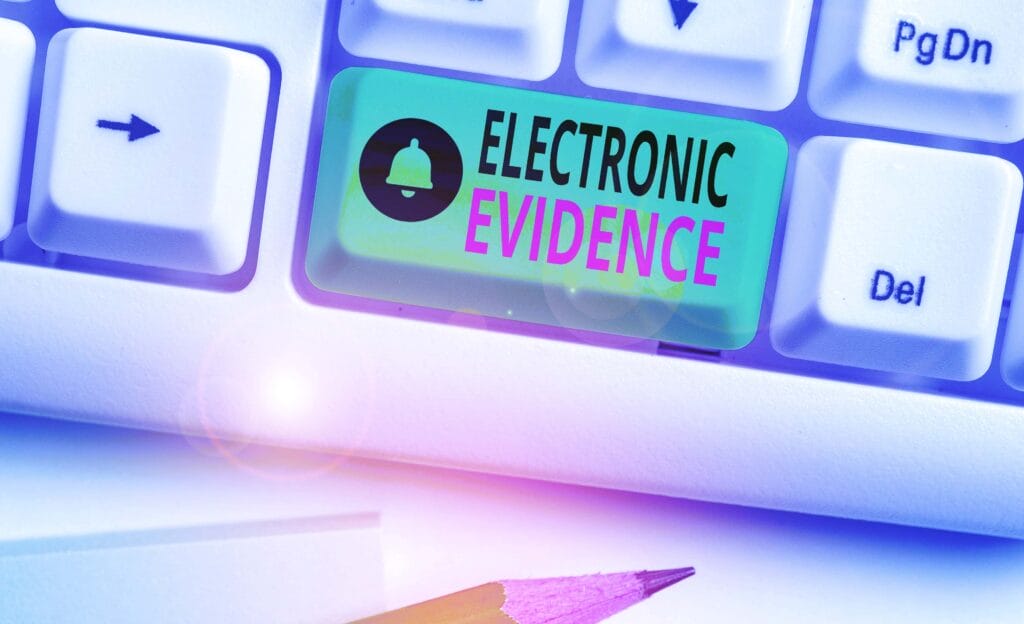
The Forensic Investigation Process
In the forensic investigation process, you’ll begin by gathering digital evidence through a series of methodical steps, ensuring each piece of data is collected meticulously and legally.
You’ll apply advanced data analysis techniques to sift through and interpret vast amounts of digital information, uncovering patterns that may point to criminal activities.
Maintaining the chain of custody is essential, as it preserves the integrity of the evidence for legal cases, ensuring that all findings can be confidently presented in court.
Steps Involved in Gathering Digital Evidence
When diving into the forensic investigation process, it’s vital to start by identifying potential sources of digital evidence such as computers, smartphones, and servers. These devices often hold important information that must be meticulously examined.
First, you need to securely acquire digital evidence, making sure that you don’t alter or damage the data. This involves using specialized tools and techniques to extract information safely. Preserving digital evidence is equally significant; maintaining its integrity is crucial for it to be admissible in legal proceedings.
Once the evidence is collected, analyzing digital data becomes your primary focus. This step involves searching for hidden files, recovering deleted information, and tracing digital footprints to piece together the sequence of events. Careful analysis can uncover traces of malicious activities that are otherwise invisible.
Documenting findings is the final step in gathering digital evidence. You must prepare detailed reports that clearly present the evidence you’ve uncovered. These reports are essential for legal teams and law enforcement, as they interpret and use the digital evidence effectively in court. Collaboration with other stakeholders ensures that the evidence is comprehensively understood and applied in prosecuting cybercriminals.
Data Analysis Techniques in Forensics
Data analysis methods are the backbone of the forensic investigation process, enabling you to transform raw data into actionable insights. As a computer forensic investigator, your goal is to uncover digital evidence that can be vital in solving criminal cases. By using these methods, you carefully sift through vast amounts of data from computers, mobile devices, and other digital platforms.
Utilizing specialized tools, you extract and examine data to identify and preserve digital evidence. These tools help you explore hidden files, recover deleted data, and trace digital footprints, playing a pivotal role in the forensic investigation process. Through these methods, you can reconstruct events, piecing together a detailed timeline that clarifies the sequence of activities leading to a cybercrime.
Furthermore, data analysis methods allow you to identify suspects and determine the extent of their criminal activities. By analyzing patterns and anomalies in the data, you can provide essential insights that assist legal proceedings. Your findings, carefully gathered and analyzed, become instrumental in prosecuting cybercriminals and ensuring justice is served.
In this way, your expertise in data analysis not only uncovers the truth but also contributes significantly to maintaining digital security and integrity.
Ensuring Chain of Custody for Legal Cases
A cornerstone of any successful forensic investigation, the chain of custody guarantees digital evidence is handled with utmost care and precision. As a computer forensic investigator, you’ll guarantee that every piece of digital evidence collected is meticulously documented from the moment it’s obtained until it’s presented in court for legal cases. This careful documentation process is important because it maintains the integrity of the evidence, preventing any chances of tampering or contamination.
You’ll follow strict protocols to securely store and track digital evidence, making sure that each step of its journey is recorded. This not only helps in establishing the authenticity of the evidence but also proves its reliability. The chain of custody is vital for the admissibility of evidence in court, as it demonstrates that the evidence presented is indeed the same as what was initially collected.
By maintaining a clear chain of custody, you help to establish the credibility of the digital evidence, making it a powerful tool in legal proceedings.
In legal cases, the chain of custody is more than just a procedural necessity. It’s an important safeguard that ensures justice is served by upholding the validity of the evidence used to prosecute offenders.
Key Technologies Used by Forensic Investigators
As a computer forensic investigator, you’ll rely heavily on advanced tools like EnCase and FTK Imager to extract and analyze vast amounts of digital data, ensuring that essential evidence is preserved and interpreted correctly.
Using sophisticated data recovery software, you can retrieve deleted files and hidden information, providing key insights into criminal activities.
Additionally, mobile device forensics and specialized tools play an important role in examining smartphones and other portable devices, expanding your ability to uncover evidence across a range of digital platforms.
Popular Computer Forensic Tools (EnCase, FTK, etc.)
Forensic investigators heavily depend on a suite of powerful tools to explore the intricate realm of digital evidence. EnCase, a popular choice, is necessary for acquiring, analyzing, and reporting on digital evidence. It allows you to sift through vast amounts of data efficiently.
Similarly, FTK (Forensic Toolkit) is widely respected for its capabilities in digital investigations, providing extensive data analysis and file recovery functions. If you’re working with hard drives or smartphones, Autopsy, an open-source platform, offers invaluable support in analyzing these devices.
For specialized tasks like file carving and disk imaging, X-Ways Forensics stands out for its efficiency and precision. It’s a tool that can handle complex data structures and extract critical information seamlessly.
When it comes to mobile device forensics, Cellebrite UFED is the go-to tool. It excels in data extraction and analysis, making it indispensable for investigators dealing with smartphones and other mobile devices.
These tools form the backbone of digital investigations, allowing forensic experts to dig deep into data, uncover hidden evidence, and piece together digital puzzles essential for solving cybercrimes and aiding legal proceedings. They guarantee that justice is served by providing reliable and thorough digital evidence.
Data Recovery Software and Techniques
When it comes to data recovery in digital forensics, computer forensic investigators rely on advanced software and techniques to retrieve important evidence. They utilize data recovery software like EnCase and FTK Imager, which are crucial tools in their arsenal. These programs enable investigators to sift through massive amounts of data, uncovering hidden or deleted files that could serve as essential evidence. By utilizing techniques such as file carving and data carving, investigators can extract fragmented files that otherwise appear lost forever.
| Data Recovery Tools | Purpose | Techniques Used |
|---|---|---|
| EnCase | Thorough analysis | File carving |
| FTK Imager | Data retrieval | Data carving |
| Autopsy | Digital forensics | Fragment recovery |
File carving involves extracting data from unallocated spaces on a storage device, reconstructing deleted files without depending on file system metadata. Data carving, on the other hand, focuses on identifying file types based on known headers and footers, allowing investigators to recover files even when file names and paths are unavailable. These methods, combined with write-blocking hardware to prevent data alteration and hashing algorithms like MD5 and SHA-256 to maintain data integrity, make the recovery process efficient and reliable. Therefore, these tools and techniques are essential in the quest for digital evidence.
Mobile Device Forensics and Other Specialized Tools
Data recovery in digital forensics isn’t limited to computers alone; mobile devices now hold a wealth of valuable information. With the rise of smartphones and tablets, mobile device forensics has become a crucial part of investigations. Forensic investigators use specialized tools like Cellebrite and Oxygen Forensic to extract essential data from these devices. These tools allow you to recover deleted data, extract call logs, and retrieve messages, which can be crucial in piecing together evidence for a case.
Cellebrite is especially renowned for its ability to access a wide range of mobile operating systems, providing thorough data extraction capabilities. Meanwhile, Oxygen Forensic offers advanced analytics to explore GPS information, allowing you to track a device’s movements and potentially place a suspect at a crime scene.
In cases where a mobile device is physically damaged, chip-off forensics becomes invaluable. This technique involves carefully removing the memory chip from the device to access stored information, ensuring even the most challenging cases can yield results.
Additionally, cell site analysis is employed to track a device’s location history by analyzing connections to cell towers, further enhancing the investigative process.
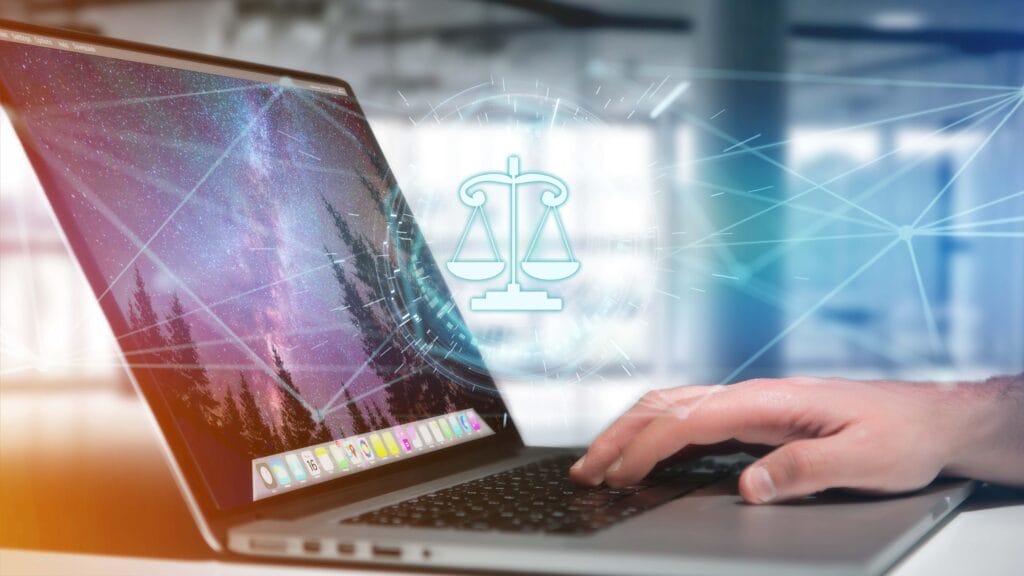
The Legal Side of Computer Forensics
In the legal domain of computer forensics, your role as an investigator is pivotal in ensuring that digital evidence stands up in court. You must meticulously maintain the chain of custody to preserve the integrity of the evidence, allowing it to be presented effectively during legal proceedings.
Collaborating with legal teams, you help interpret complex digital data, ensuring it’s admissible and compelling for prosecution, which is essential in securing convictions and achieving justice.
The Role of Forensic Investigators in Court
Forensic investigators hold a pivotal role in the courtroom, where their expertise in digital evidence can make or break a case. They meticulously document their findings to make certain that the digital evidence is admissible in court proceedings. As expert witnesses, forensic investigators explain their analysis and conclusions, aiding the court in understanding complex digital data. Their role in legal procedures is essential, as they must adhere to strict guidelines to preserve evidence integrity.
The courtroom can be an intimidating place, and the gravity of their testimony can have a profound impact:
| Emotion | Intensity | Impact |
|---|---|---|
| Anxiety | High | Evidence is scrutinized |
| Pressure | Moderate | Must maintain composure |
| Responsibility | High | Justice depends on accuracy |
To guarantee their findings are legally sound, forensic investigators need a thorough understanding of legal requirements. This includes knowing how to handle evidence throughout its lifecycle, from collection to presentation in court. They must be prepared to defend their methods and conclusions under cross-examination, demonstrating the reliability of their work. By upholding these standards, forensic investigators contribute significantly to the justice system, ensuring that digital evidence is presented accurately and effectively in legal proceedings.
How Digital Evidence is Presented in Legal Proceedings
Understanding how digital evidence is presented in legal proceedings is as significant as the collection and analysis processes. You need to guarantee that digital evidence isn’t only collected properly but also presented clearly to support arguments in court. Computer forensic investigators play a pivotal role in this process. They follow strict protocols, including maintaining the chain of custody, to establish the evidence’s integrity and authenticity. This chain of custody is crucial because it shows that the digital evidence hasn’t been tampered with from collection to presentation in legal proceedings.
When presenting digital evidence, computer forensic investigators prepare detailed forensic reports. These reports summarize their analysis process and findings, providing a clear account of how the evidence was obtained and what it reveals. These documents are crucial in legal proceedings because they offer a transparent view of the evidence’s journey from the digital domain to the courtroom.
Moreover, expert testimony from computer forensic investigators is often needed to explain complex technical details to judges and juries. Their expertise helps demystify the digital evidence, making it understandable and credible, which is vital for ensuring justice is served in court.
Maintaining the Integrity of Evidence for Prosecution
To guarantee successful prosecution, maintaining the integrity of digital evidence is paramount in computer forensics. As a computer forensic investigator, you must verify that evidence meets strict legal standards. This involves following detailed protocols to collect, preserve, and analyze evidence, securing it remains unaltered. Key to this process is the chain of custody, which meticulously documents every interaction with the evidence. This documentation is vital for demonstrating the digital evidence’s integrity, thereby securing its admissibility in court.
| Step | Description |
|---|---|
| Collection | Gather digital evidence without modifying it. |
| Preservation | Secure evidence to prevent tampering or harm. |
| Documentation | Log every action taken with the evidence. |
| Analysis | Examine evidence while preserving its original state. |
| Presentation | Verify evidence is presented in court adhering to legal standards. |
Adherence to these steps is essential for a successful prosecution in cases involving digital evidence. By maintaining a strict chain of custody, you can verify that the integrity of the evidence is preserved throughout the investigation. This diligence not only upholds legal standards but also strengthens the case against cybercriminals, providing a solid foundation for justice to be served.
Challenges in Computer Forensic Investigations
As a computer forensic investigator, you’re often faced with the challenge of handling encrypted or hidden data, which requires sophisticated methods to access or reveal important information without compromising its integrity.
Investigating cloud-based evidence adds another layer of complexity, as you must navigate various jurisdictions and verify data is collected in a manner that’s legally sound and admissible in court.
Additionally, the rapid pace of emerging technologies in forensics demands continuous adaptation and learning to effectively analyze new types of digital evidence and stay ahead of cybercriminals’ tactics.
Handling Encrypted or Hidden Data
In the field of computer forensic investigations, handling encrypted or hidden data stands out as a significant challenge that can, at times, slow down the pursuit of justice. As a computer forensic investigator, you’re tasked with navigating these intricate hurdles, which often involve encrypted data that blocks access to critical evidence. You’ll need expertise in cryptography, employing advanced forensic software to decrypt information hidden behind layers of digital defenses.
Hidden data, on the other hand, can be more elusive, often disguised within other files or tucked away in obscure locations, requiring you to utilize specialized techniques to uncover these veiled pieces of evidence.
Staying updated on the latest encryption methods and data-hiding techniques is essential for effectively overcoming these challenges. As you explore encrypted or hidden data, you’ll need to apply a combination of technical skills and analytical thinking, always ready to adapt to the ever-evolving digital landscape.
Successfully handling encrypted or hidden data is vital for reconstructing events, identifying perpetrators, and providing the evidence needed for legal proceedings. Your role in overcoming these obstacles ensures that justice can be served, as you deliver crucial findings that support the legal process.
Investigating Cloud-Based Evidence
Exploring the complexities of cloud-based evidence presents a unique set of challenges for computer forensic investigators. As data increasingly resides on remote servers, you face hurdles in accessing and preserving this information. The first obstacle is navigating legal matters, as laws surrounding digital evidence can vary widely. You must guarantee data collection complies with relevant regulations, balancing privacy concerns with investigative needs.
Maintaining the chain of custody is another important aspect; any break could jeopardize the evidence’s admissibility in court. Cloud-based evidence requires meticulous documentation to demonstrate that it hasn’t been altered. To aid in this process, cloud forensic software becomes indispensable, providing the tools needed for accurate data extraction and analysis from cloud sources.
Understanding cloud service provider policies and encryption methods is essential. These can impact how you access and interpret data, requiring you to adapt your strategies accordingly. Each provider might’ve unique protocols, so being well-versed in these differences helps ensure successful investigations.
Dealing with Emerging Technologies in Forensics
Tackling the rapid evolution of technology is a significant challenge for computer forensic investigators. As cybercrimes become more sophisticated, you must adapt quickly to emerging technologies like blockchain and IoT devices, which present unique obstacles in digital forensic investigations. These technologies often require specialized knowledge and tools, making it essential to verify compatibility with the latest software and hardware to conduct thorough forensic analysis.
To effectively address these challenges, continuous training is paramount. You need to stay updated on the latest advancements in digital forensics technology, verifying you’re equipped to handle any new developments that cybercriminals might exploit. This means engaging in regular training sessions and educational programs, which help you understand and apply cutting-edge techniques in your investigations.
Additionally, collaboration is key. By working with industry experts and researchers, you gain insights into emerging trends and tactics used by cybercriminals. This collaborative approach not only broadens your knowledge base but also fosters innovation in digital forensic methods.
Staying ahead in this ever-evolving field demands a proactive mindset, where you’re continuously learning and adapting to keep pace with technological advancements and maintain the integrity of digital forensic investigations.
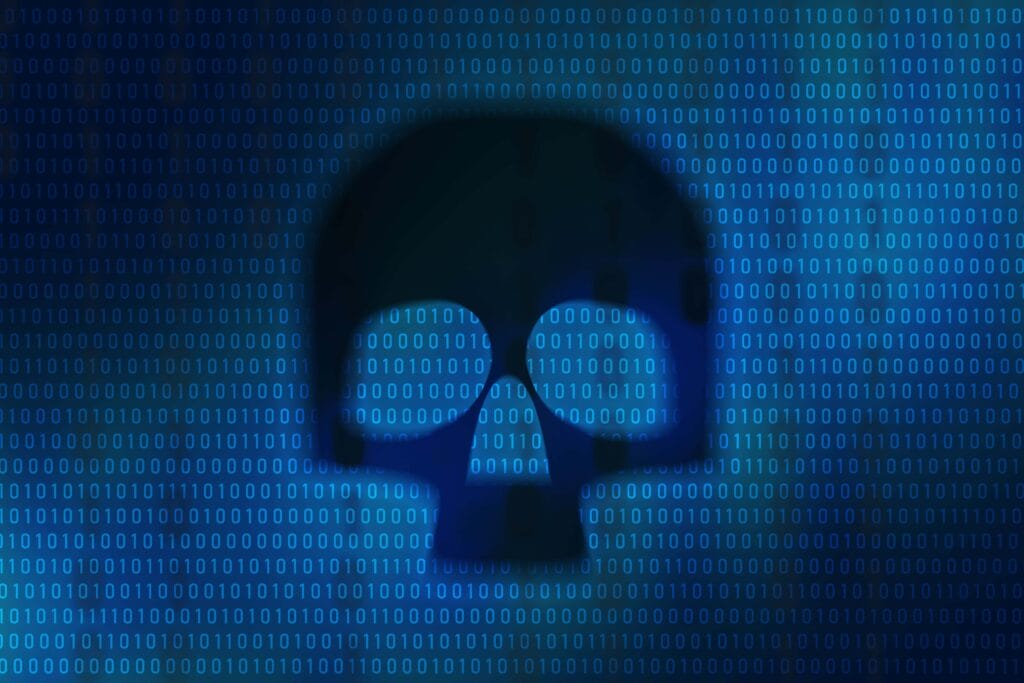
The Future of Computer Forensics
You’re stepping into a future where computer forensics is rapidly evolving, driven by the constant advancements in technology that demand investigators stay updated with new tools and methods.
As cybercriminals become more sophisticated, the importance of ongoing education and training in digital forensics can’t be overstated, ensuring that professionals are well-equipped to tackle emerging challenges.
This dynamic field promises exciting opportunities, with its growth fueled by the increasing need to protect digital assets and combat cybercrime effectively.
Evolving Trends in Digital Forensics
In today’s rapidly evolving digital landscape, computer forensics is continually adjusting to meet new challenges. As a computer forensic investigator, you’re exploring a field where digital forensics must keep pace with evolving trends and emerging technologies. With the increasing complexity of cyber threats, integrating machine learning into forensic processes is essential for efficiently analyzing vast amounts of data. This technology aids in automating tasks, allowing you to focus on critical analysis.
In this dynamic environment, collaboration with cybersecurity professionals becomes vital, as tackling intricate cybercrimes requires a multifaceted approach.
Looking ahead, the future of computer forensics will revolve around adapting to advancements in cloud computing, IoT devices, and artificial intelligence. These technologies not only provide new avenues for digital evidence but also present unique challenges. For instance, IoT devices generate massive data streams that require sophisticated analysis techniques.
Additionally, blockchain technology introduces both obstacles and opportunities in tracking digital transactions, demanding innovative solutions to trace financial crimes. By staying abreast of these evolving trends, you can effectively contribute to identifying perpetrators and securing justice. Your role as a computer forensic investigator is pivotal in exploring this ever-changing digital landscape.
The Importance of Staying Updated in a Rapidly Changing Field
As a computer forensic investigator, you’re exploring a field that never stands still, with new challenges emerging alongside technological advancements. The importance of staying updated can’t be overstated, as the landscape of cybercrime and digital forensics is constantly shifting.
New hacking techniques and cybersecurity trends frequently surface, requiring you to adapt and enhance your skills continuously.
To effectively combat cybercrimes, you must deeply engage in evolving forensic methods and digital forensic techniques. This involves not only understanding how new technologies function but also how they can be exploited.
Continuous learning becomes your ally as you immerse yourself in research, study advancements, and refine your approach to forensic investigations. By staying updated, you guarantee that you’re equipped to handle any cyber threat that comes your way.
Adapting to these changes is essential for maintaining your relevance and effectiveness in the field. With cybercriminals constantly devising new tactics, your ability to anticipate and respond to these threats hinges on your commitment to learning and innovation.
In this fast-paced environment, computer forensic investigators must remain vigilant, evolving alongside the very technologies they scrutinize, ensuring justice is served through their expertise.
Frequently Asked Questions
What Does a Computer Forensic Investigator Do?
You’re uncovering digital evidence by analyzing data from devices. You use forensic tools to extract and examine information, trace cyber activities, and reconstruct events. Your detailed reports aid legal proceedings, ensuring justice against cybercriminals.
What Is a Common Task of a Computer Forensic Investigator?
You often collect digital evidence from devices like computers and smartphones. Using specialized tools, you recover deleted files, trace digital footprints, and analyze hidden data to identify cybercriminal activities, ensuring vital evidence is available for legal proceedings.
What Is the Main Role of Computer Forensics?
You focus on investigating digital data for criminal cases. You analyze evidence from devices, uncover hidden files, and reconstruct events. Your work is vital in solving cybercrimes, tracing activities, and providing evidence for legal proceedings to guarantee justice.
What Is the Primary Goal of a Forensic Computer Investigator?
You focus on collecting, analyzing, and preserving electronic evidence related to cybercrimes. Your primary goal is to recover deleted data, trace criminal activities, and identify perpetrators, ensuring that your findings support legal proceedings and promote justice.




